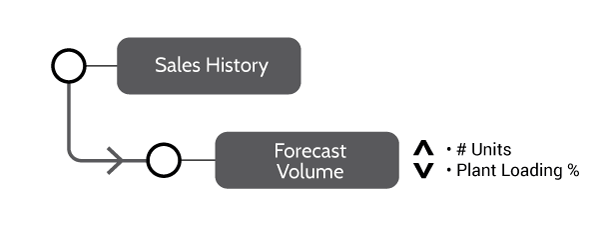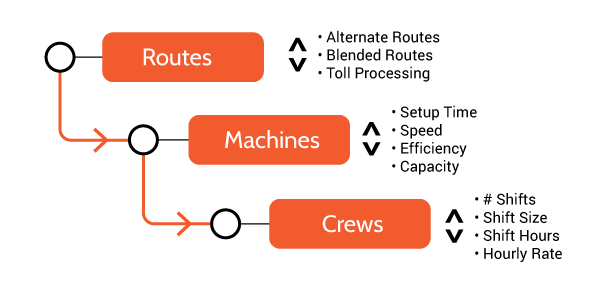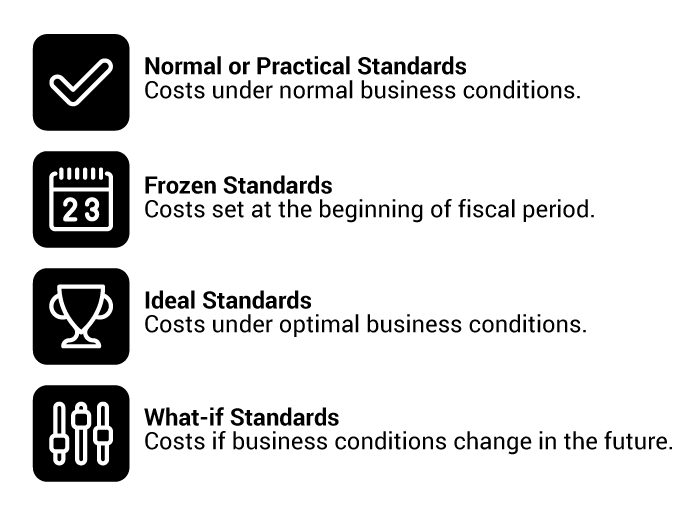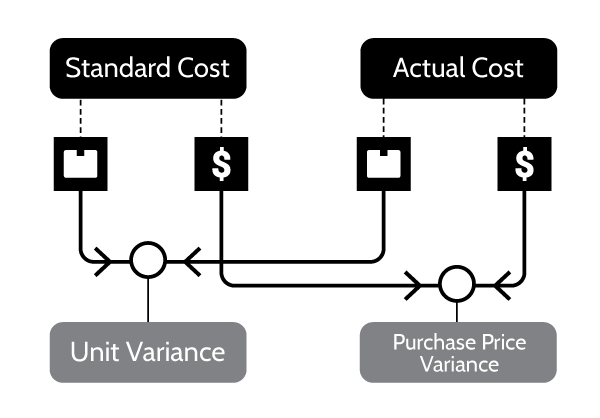Effective planning combines historical sales performance and anticipated sales levels with manufacturing cost data.
To create the forecast, historical and estimated sales information is normalized and transformed into a more granular, SKU-level view that guides plant loading decisions and builds both summary and detailed budgets.
Adjusting the volume and mix of products manufactured as well as the plant loading percentages can significanty impact overall profits.












